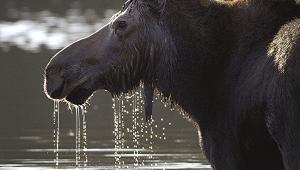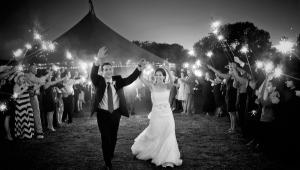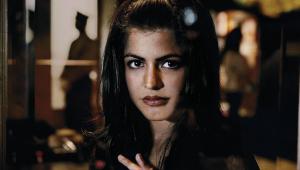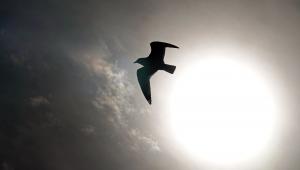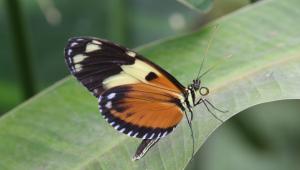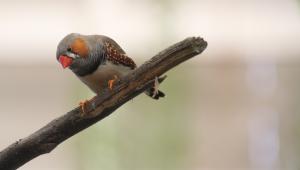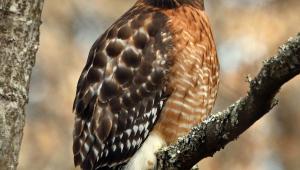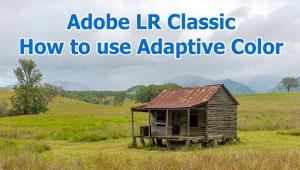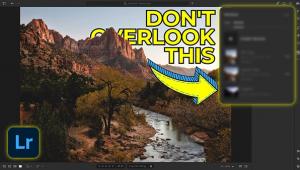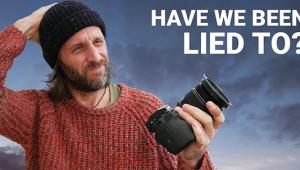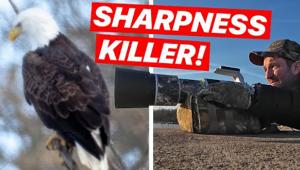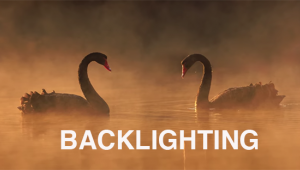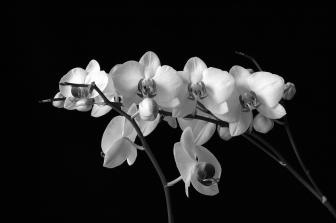On Assignment; The Photography Of Kevin Moloney
Photojournalist Kevin Moloney grew up in Greeley, Colorado, amid the hub of
professional cowboys and "bucking broncos." Although his father,
a professional sports photographer, found inspiration in the sport of rodeo,
this did not interest his son. It was the hard news and cultural stories that
drew him to a news service from National Geographic and to magazines like U.S.
News & World Report.
"I did my 10 years of wandering and came back like a bounced check after
moving to Brazil for a year in 1995," Moloney says. Though his money ran
out, Brazil had captured his heart and when he decided to go free-lance as a
photographer it was that connection that drew him back.
 |
|
|
"My sinister plot at first was to be a good, imperialistic gringo and
take advantage of the rotten economy and live like a king. But they fixed their
rotten economy while I was there and Rio became as expensive as New York."
The New York Times hired Moloney as a stringer in Miami. He remained there for
six months before returning to Colorado where he continues to work for the Times.
The move from Brazil to Miami had stimulated an interest for Moloney in the
meld of old and new cultures. Religion had also become a favorite topic and
resulted in a photo essay on the "Rise of Pentecostalism" as well
as work on Islam, Western Africa, and the subject of Latin Catholicism.
While living in Florida, Moloney had encountered a couple of photo buddies who
took him to a rodeo in Okeechobee. "I took my Dad's old '58
Rolleiflex and had a great time," he says. "With that sort of camera
you have to get close at about 10-15 ft since you are working with a 75mm normal
lens. This meant I had to be out in the arena, which is great fun. (If you don't
get a hoof through your lens.) I discovered my roots there and now have a wealth
of rodeo images from 21/4 to 6x9 as well as some Fuji 6x17 panoramas that I
am currently considering for a book.
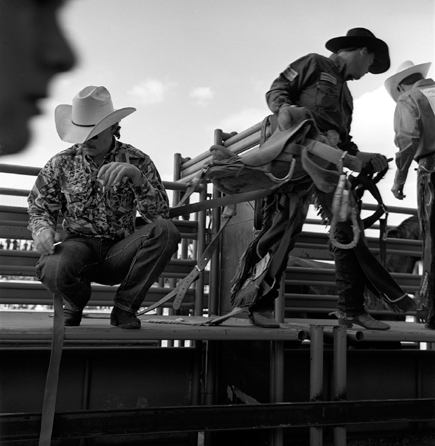 |
|
|
"The rodeo has a religion of its own," he explains, "and
there are very specific cultural rules--how you behave, how you dress and
act--it's more than hopping onto a wild bronco and hanging on, though
that is the heart of it. People sort of live to certain standards and ideals
and it's a piece of a different world from the rest of the country. There's
another traditional culture and lifestyle among the fans who are out there riveted
on the sidelines as well as among the cowboys and this is what I focus on--the
human interest stuff. There are scenes almost like a ballet as cowboys have
to warm up and stretch like any other athletes. At many rodeos there are areas
where people camp out while the rodeo is in town. Other parts of that world
I like to photograph are the dances and parades, the fights--there's
plenty of material. Though the theme is very western there are great rodeos
everywhere, all the way to Brooklyn."
Moloney recalls a particular incident that left its mark, telling how he was
standing in the middle of the arena with a big, wide 6x17 Fuji panoramic camera
about 15 ft in front of the chute where the horses leap out. "I had to
hold the camera perfectly level and obviously couldn't set up a tripod
and shoot at exactly the right second with these 2000-lb horses heading straight
at me. It was an exciting moment..."
Did he get the shot?
"We-ll, it was a little crooked."
 |
|
|
Moloney has pursued his career in photojournalism since he was a student at
the University of Colorado where he took a couple of classes in photography--taught
by his father. In the year 2000 he received the Environmental Journalism Fellowship
from Ford Motor Company to go anywhere in the world and work on a project related
to the environment. This took him to Tierra del Fuego at the bottom of South
America--the last little chunk of land before Antarctica.
There he covered issues from the invasive species of animals that were not native
to the area and were causing problems to the ozone hole over Antarctica.
- Log in or register to post comments







